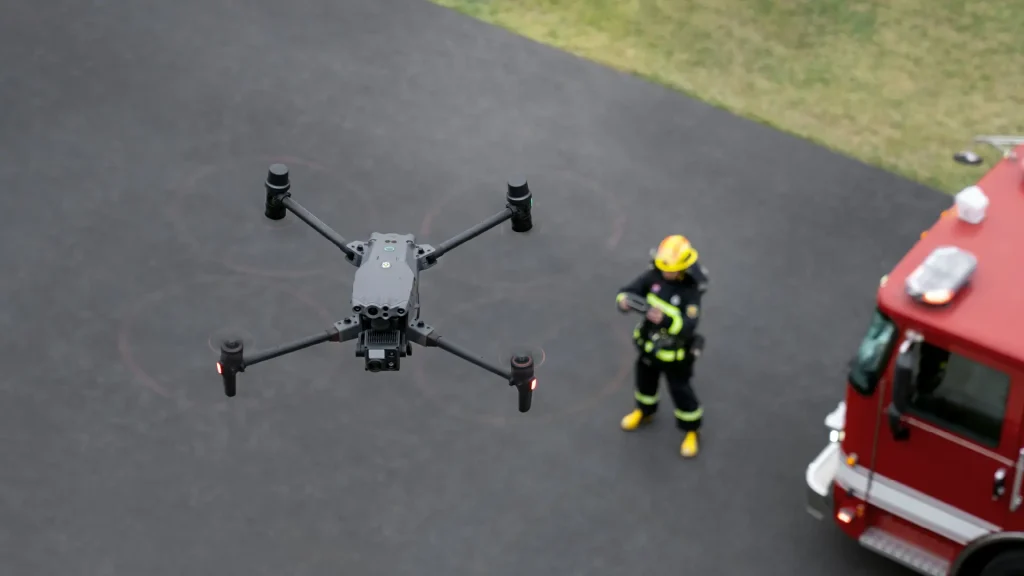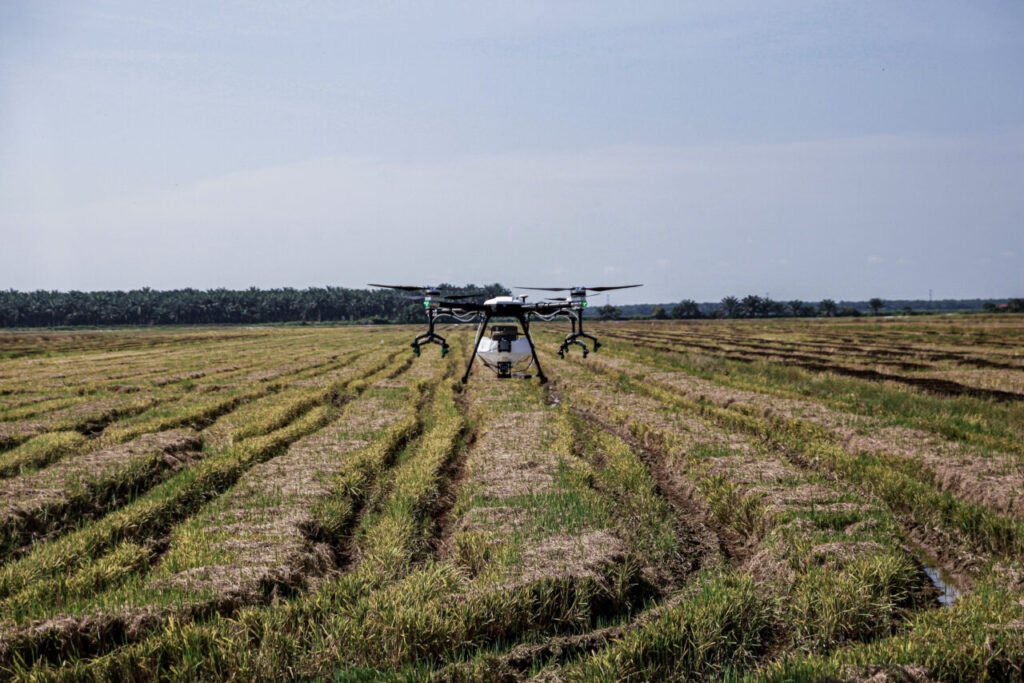EXPLORE HOW DRONES HAVE EVOLVED WHEN IT WAS FIRST USED UNTIL NOW ON, THE DRONE’S MECHANICS THAT ENABLE THEM TO FLY AND THE MODERN APPLICATION OF DRONES THROUGHOUT INDUSTRIES.
Drones are extremely common these days. And whenever the word ‘drone’ appears, I bet my bottom dollar that 7 out of ten people will relate it to recreational drones that are used for photography and videography.
Little did they know that drones are more than just that. These days, drones are used widely in commercial areas and military purposes too.
Before we go any further, it is important to establish that the term ‘drone’ actually refers to any unmanned aerial vehicle, which means the pilot is actually not on board of the vehicle.
Let’s see how drones have evolved when it was first used until now on, what is the physics behind them that enable them to fly and the modern application of drones throughout industries.
HISTORY OF DRONES
Do you know that the first recorded Unmanned Aerial Vehicle (UAV) usage was actually to bomb a city?
That’s dark.
In the first Italian War of Independence, Austrian forces sieged the city of Venice after the latter revolted. Austrian soldiers then attacked the city of Venice with unmanned balloons filled with explosives.
Some of these Austrian Balloons were successful, but a number of them blew back and bombed the Austrians’ own lines, so the practice did not become widely adopted.

The first unmanned aircraft was created 16 years after the flight of the Wright’s brothers. The drone, called Ruston Proctor Aerial Target. There are few prototypes that were developed through World War I, World War II and Cold War.
You can read more extensively on the history of drones here: Dronethusiast
Drones then evolved via military applications. It was not until 2006 when the American Federal Aviation Administration (FAA) issued a commercial drone permit.
Drone technology was around for so long, but only recently it came into the light and gathered interests from the crowd.
MECHANICS BEHIND FLYING A DRONE
A typical multirotor drone relies on vertical motion in order to fly. Think of the drone blades as fans. The air coming out of the spinning blades pushes downward on the ground, which in turn pushes the drone into the air. The faster the motors spin, the faster the drone will accelerate off the ground.
Once the drone is airborne it can hover, fly up/down, and left/right. When the drone is hovering the upward thrust of the motors is equal to the downward force of gravity, so the drone will not move up nor down. When the force of the motors exceeds the force excreted down on the drone by gravity, it will then climb higher and vice versa.
Since there are 4 motors, changing one or more of these motors speed, compared to the others will cause the drone to turn or move in a different direction. For example, if the drone is hovering (the upward thrust of the motors is equal to the downward force of gravity), and the 2 motors on the left are given more power, the drone will lift upward on the left side, and this increased power on the left side will start pushing the drone sideways right.

This is a simple summary of how a multi-rotor drone flies. Fixed wing drones are different, and a bit more complicated to explain (think of a plane).
MODERN APPLICATIONS OF DRONES
Drones nowadays are especially for recreational purposes such as aerial photography and videography. These recreational activities have been in-demand for a lot of people mainly because of the quality pictures from the best cameras and right aerial angles.
But only some people know about industrial drone usage. It had helped governments in disaster management, damage surveillance, and fire fighting. While the public has been using drones to fertilise their crops, survey construction works and pipelines.
Further future drones application includes aerial transportation vehicle, delivery services, healthcare and nature conversation and much, much more.
View our products and services here.




